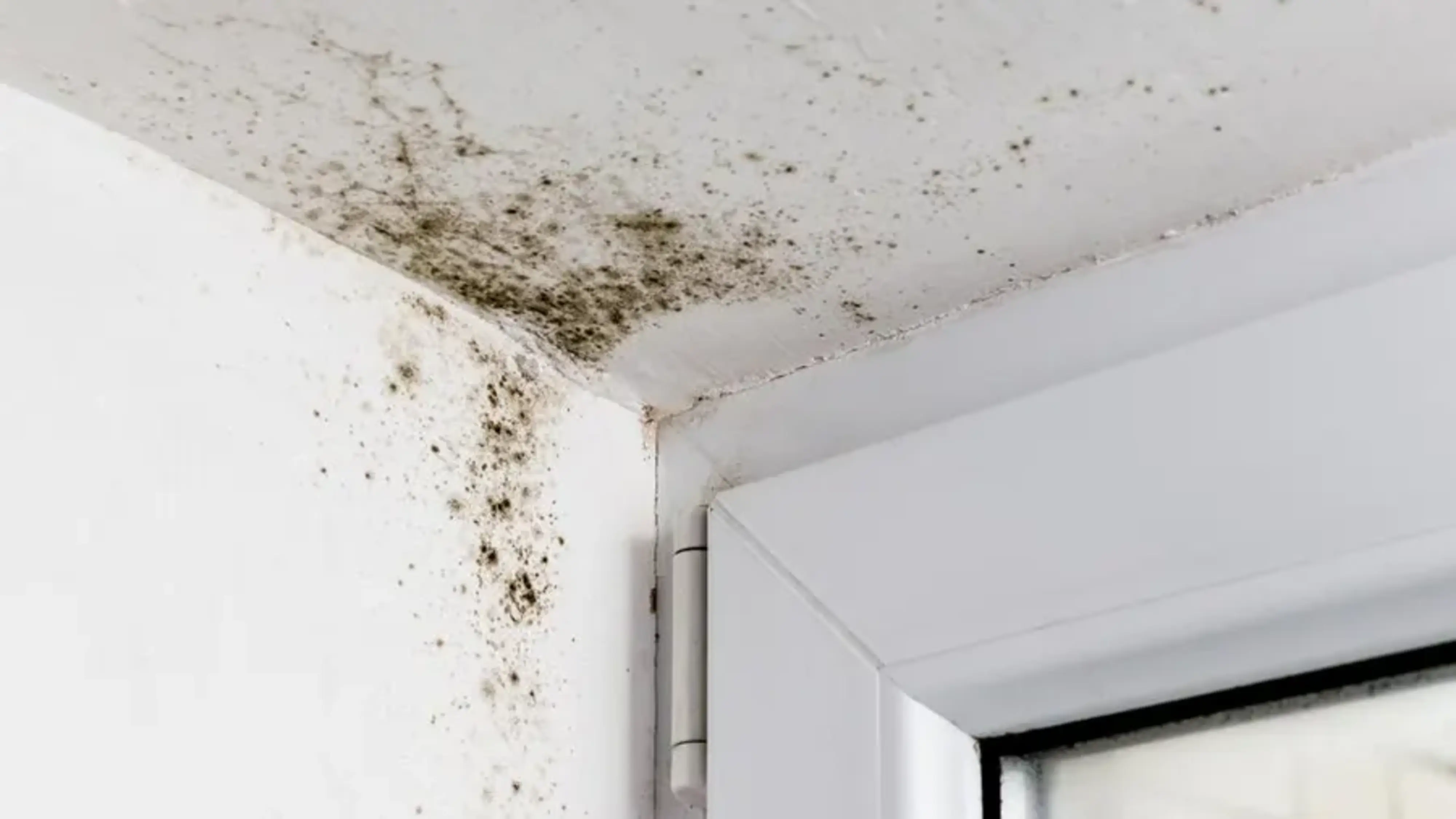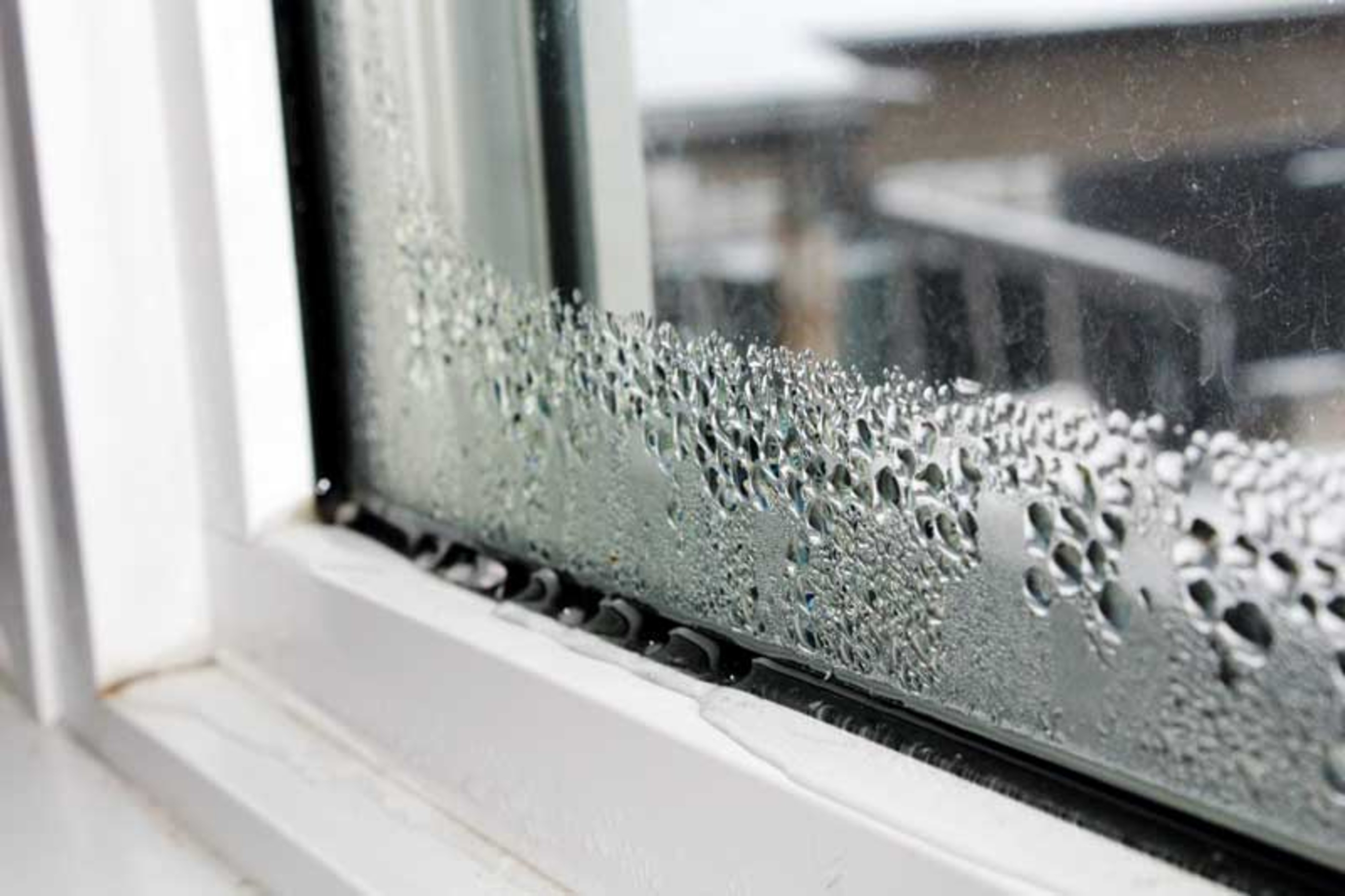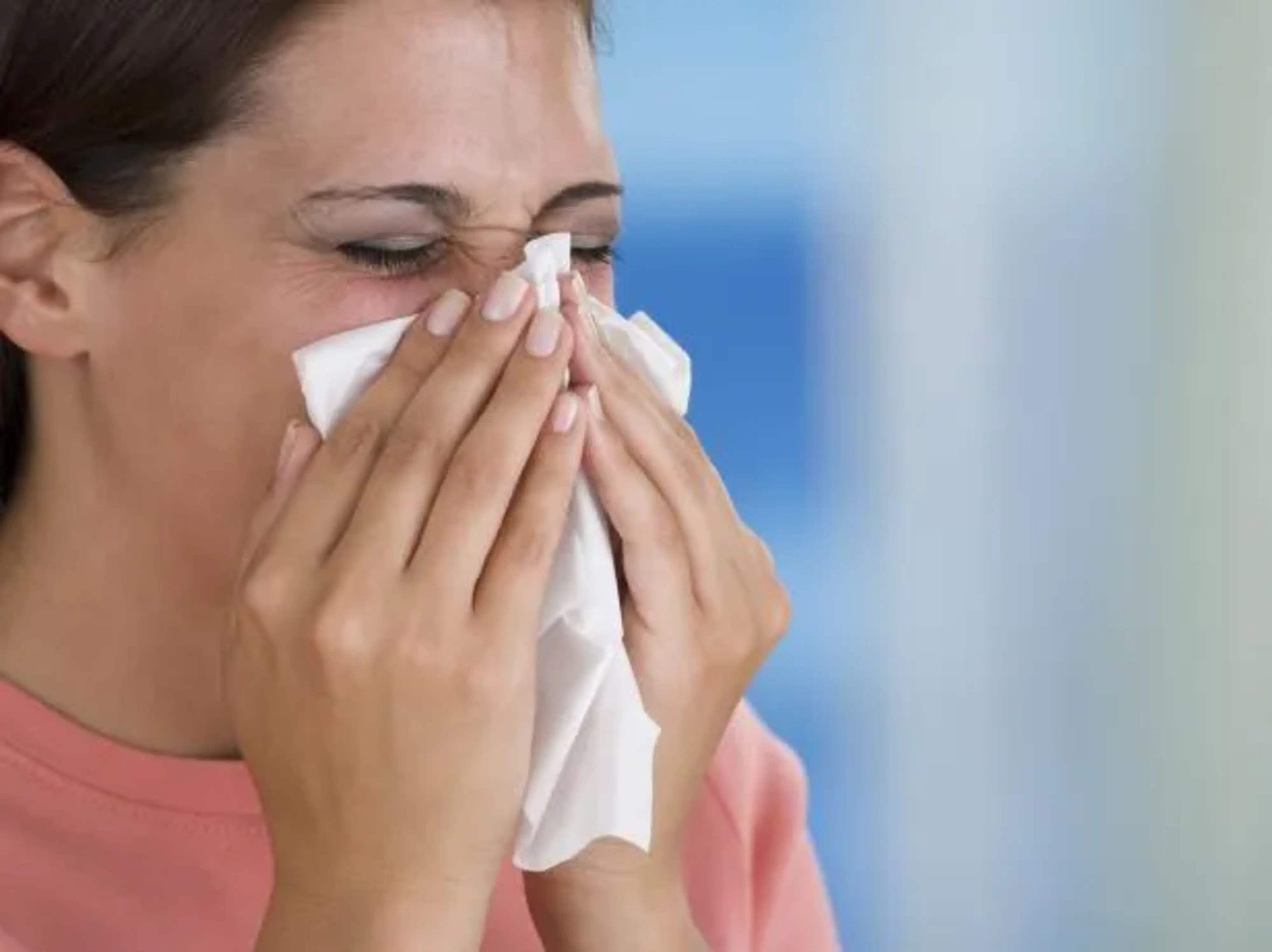
Aug 11, 2024
7 Signs You Have Mold in Your Home and What to Do

7 Signs You Have Mold in Your Home and What to Do
Introduction
Mold spores are an invisible intruder. They lurk in many homes and can turn into big problems if they find the right conditions to grow in—warm and with moisture. While some are harmless, others might prove destructive and dangerous to health.
Since mold grows best in dark and damp places, it's usually hard to notice it at first. Early detection of mold growth signs can save you a lot of damage and various health problems. Below are seven signs that you might have a mold problem, together with effective ways to deal with this issue head on.

Visible Discoloration or Staining
What to Look For: Mold mostly appears as streaky patches of discoloration on any surface. This streaking can be grey, black, green, pink, or brown in color. The texture varies from very powdery to fuzzy or even slimy.
What to Do: If you see these signs, action is very urgently needed. Cleaning small areas out with a solution of water and vinegar can be quite effective, but large areas of mold growth usually require professional removal to assure that all of the spores have been killed.
Musty Smell
What to Look For: A strong, persistent musty, earthy, or sour smell is usually a sign of mold, especially if the source can't immediately be seen.
What to Do: Follow your nose to find the source of mold. If the mold is concealed, for instance inside of walls or under floors, it may require a professional assessor to find and remove.

Walls, Upholstery, Floor, or Cabinetry That Has Been Damaged by Wetness
What to Look For: Any square inch of your home you find damp to the touch—that's a breeding ground for mold. Common locations are on walls, the floor, and even inside your furniture, such as inside couches or cabinets.
What to Do: First, attack the source of the moisture. Running dehumidifiers and ensuring that the HVAC system is running proficiently can go a long way in reducing the amount of indoor humidity. Properly clean any affected areas to ensure there's no settling of mold.
Leaking Plumbing
What to Look For: Small leaks can be deceiving; even a slow, steady drip encourages ideal conditions for mold growth around plumbing fixtures.
What to Do: Check your plumbing regularly for leaks and take care of any needed repairs as soon as possible. If mold has already begun to grow around leaky areas, cleaning it with bleach or a fungicidal cleaner may help kill it off before it has a chance to spread further.

Moisture Condensation
What to Look For: Condensation shows up on windows, walls, or around HVAC equipment. The moisture can support mold growth almost instantly when not evaporated.
What to Do: General improvement in the level of insulation and in ventilation will prevent condensation in problem areas. Empty and clean the drip pans regularly under appliances that produce a lot of condensate, such as air conditioners and refrigerators.
Taste
What to Look For: This could be what is causing the off taste in your coffee or water if it is growing in your appliances like your coffee maker or water dispenser.
What to Do: This makes cleaning and maintaining your appliances a must. Vinegar runs through your coffee makers and good cleaning of the water dispensers will help to keep the growth of mold under control.

Allergic Reactions
What to Look For: Unexplained allergic symptoms such as sneezing, coughing, or rashes; mold exposure, especially if these symptoms persist at home but lessen when you are away.
What to Do: Consult a physician to confirm that these reactions are a product of mold exposure. If it's molds, then location and removal of the source is very important for health.
Tips to Reduce Mold in Your Home
• Checks for leakages in the plumbing and repairs them when necessary.
• Keeping the humidity in your house low—ideally between 30-50%.
• Ensuring good air circulation by installing, using, and having functional exhaust fans in kitchens and bathrooms.
• Drying wet areas right away—never let spills sit.
• Improving airflow—fans or opening windows if the weather permits allow.
• Prevent water intrusion—properly maintain roofs and gutters.
Clean and maintain appliances regularly to prevent mold in machines that use water.
Early recognition of these signs of mold will let you act quickly to reduce its growth and protect your home and health. Keeping a regular schedule for maintenance and being proactive in monitoring the moisture buildup are the greatest defenses against mold. If you can stay vigilant and adhere to these tips, you can enjoy a healthier, mold-free home.



